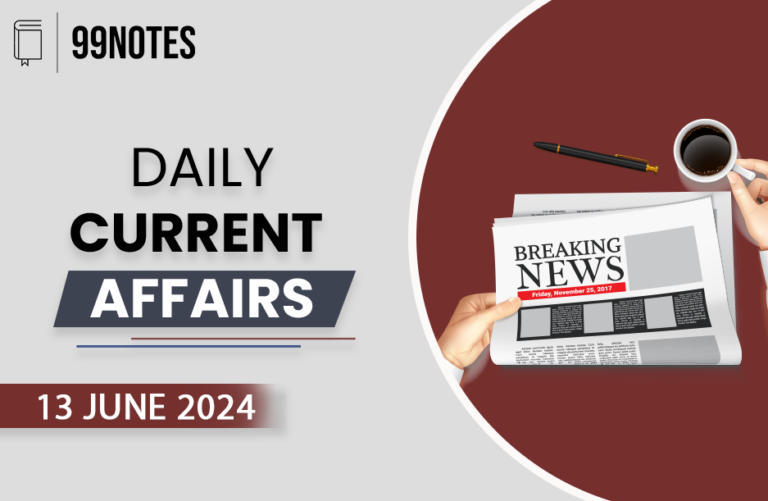24 June 2025 : Indian Express Editorial Analysis
1. Iran’s Limited Options
(Source: Editorial Page, The Indian Express)
| Topic: GS2 – International Relations; GS3 – Internal Security |
| Context |
|
Iran’s Geopolitical Constraints
- Iran finds itself surrounded by hostile regional powers and increasing U.S. surveillance.
- Despite its past ability to employ asymmetrical strategies, the current U.S. offensive leaves little room for Iran to maneuver without major risks.
- Iran’s regional allies (like Hezbollah) also face internal pressure and are unlikely to escalate on Tehran’s behalf.
Military and Diplomatic Limitations
- Iran’s conventional military capacity is outmatched by the U.S.
- International pressure under the IAEA nuclear framework has left Iran diplomatically isolated, especially after the U.S. withdrawal from the JCPOA (2018).
- New sanctions have crippled Iran’s economy, limiting its resources to fund retaliatory campaigns.
Strategic Dilemmas
-
While Iran may wish to assert strength, any retaliation could provoke overwhelming U.S. retaliation.
-
Iran’s leadership is likely to respond through proxy forces or cyber warfare instead of direct attacks.
Conclusion/Way Forward
- Iran is likely to adopt a cautious approach—balancing internal political survival with limited external retaliation.
- Strategic patience, indirect engagement, and mobilization of global sympathy through diplomacy may be its most viable options for now.
| Practice Question: (GS-2 | 10 Marks | 150 Words)
Discuss the challenges faced by Iran in responding to U.S. military aggression. Evaluate its strategic options under international law and regional dynamics. |
Also Read: The Hindu Editorial Analysis- 24 June 2025
2. Critical Blockage
(Source: Editorial Page, The Indian Express)
| Topic: GS3 – Economy; GS3 – Science and Technology; GS2 – International Trade |
| Context |
|
China’s Strategic Control Over Rare Earths
- China controls over 60% of global rare earth supplies and over 80% of global processing capacity.
- The new export restrictions are seen as part of its geopolitical maneuvering amidst trade tensions with the West.
Implications for India
- India is highly dependent on China for rare earths like neodymium and dysprosium used in EVs, wind turbines, and missile systems.
- The editorial highlights the lack of domestic mining and processing infrastructure in India, making it vulnerable to such export shocks.
Need for Policy Response
- India must invest in exploration and secure strategic partnerships, especially through the Quad and bilateral ties with Australia.
- Public sector bodies like IREL (India) Limited need more autonomy and funding for indigenous mining.
Conclusion and Way Forward:
- India needs a long-term critical minerals strategy that prioritizes self-reliance, environmental sustainability, and economic competitiveness.
- A national rare earth mission, modeled on the semiconductor mission, can be crucial to strategic autonomy.
|
Practice Question: (GS-3 | 10 Marks | 150 Words) |
Read more – 23 June 2025 : Indian Express Editorial Analysis





